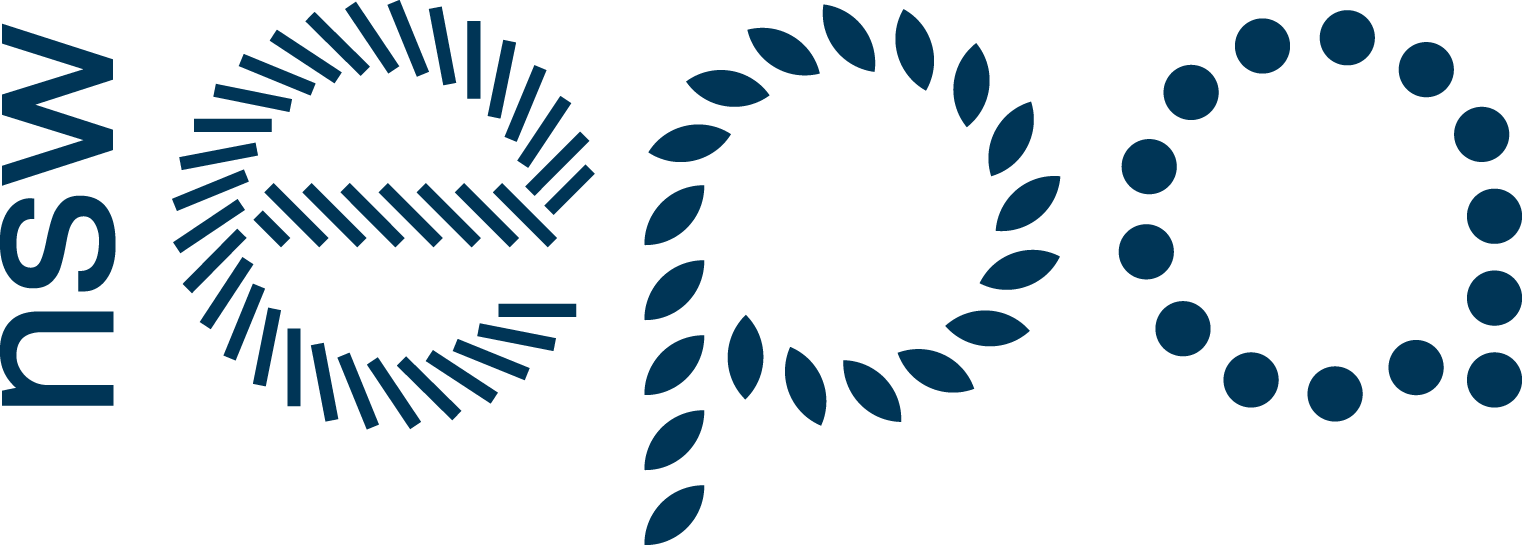The leather tanning processes involves large amounts of water and chemicals to produce workable, durable leather. By recycling or reusing leather scrap and off cuts this diverts usable materials from landfill and reduces the demand for virgin leather production.
Leather
Find a recycler
Why Recycle?
Untreated leather hide is biodegradable but in order to make leather workable and durable for use in a range of products it must go through a tanning process. Tanning involves large amounts of water and a number of toxic chemicals that can contaminate the soil and waterways. By recycling leather scraps and off cuts from manufacturing processes and redirecting them into other industries this diverts usable materials from landfill, reduces the demand for virgin leather production and reduces the need for chemical tanning processes. Whole leather scraps can be used in small goods manufacturing such as bags, belts and wallet or it can also be ground up and reprocessed for use in products such as leather tiles or portfolios.
Recycling Options
A number of second-hand and recycling outlets will accept leather and other textile scraps for resale. Alternatively small leather goods and recycled leather goods manufacturers will purchase or accept leather scraps for reuse.
What Happens When It's Recycled?
Leather scraps are collected from furniture, shoe, and other factories. This leather is then ground into shreds, combined with water and then mixed with binding products such as natural rubber and acacia wood bark. The leather pulp is then formed into a sheet or roll and mechanically processed for size, colour, and texture.
More Info & Sources

